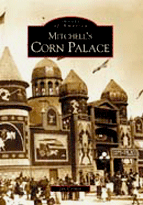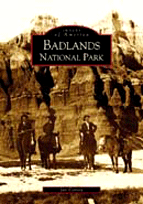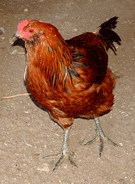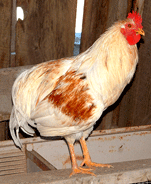Tales of a 21st Century Gypsy
September 26, 2004 South Dakota History.
On my way into the Badlands I stopped at a “family attraction,” a reconstructed sod homesteader’s house from the turn of the century. I met a woman there who assembles and writes books for the “Images of America” series. It’s a great – and very clever – series of books put out by Arcadia Publishing. Each is a collection of old photographs of a place or a theme, with minimal text accompanying them. I have the ones for Arlington, Virginia and New Brunswick, New Jersey. This woman, Jan Cerney, works in the sod house giftshop, and we got to talking. She grew up in eastern South Dakota on a farm, but her grandfather, an immigrant from Bohemia (now part of the Czech Republic) had been a homesteader in the western part, so moving west as an adult wasn’t strange for her. She is a neighbor of the family that owns the sod house now, also ranchers and the descendants of homesteaders. Jan likes the area, but admitted that it could be pretty bleak at times.
She is working on her fourth book in the “Images” series. One was on the Corn Palace. There, she said, the Palace managers gave her free rein in their photo collection, so it was easy to put the book together. She is interested in local history, and feels it’s important that we not forget it – the hardships suffered by the homesteaders, and they way they were dupes of a government desire to see the land settled, as well as the fact that the homesteaders pushed the Sioux off land given them by treaty in the 19th century.
Out here it’s easy to see the complexity in interpreting history. It’s possible, as history was taught for decades, to see the settlement of the west as a great goal that justified violation of the rights of previous inhabitants perceived as hostile and uncivilized. It’s easy, too, to see the settlement effort as an imperialist violation of the rights of the Sioux people, who fought a losing battle with the few tools at their disposal. There are more than two sides, though. The individual homesteaders were the pawns in someone else’s chess game – poor people from Bohemia, in the case of Jan’s grandfather, or from Iowa, in the case of the settlers who originally built the sod house – for whom owning 160 acres of land was a dream come true. Two generations later, it’s easy to celebrate their courage, fortitude and strength in surviving the homesteading experience, and their ability to leave grandchildren who ensure that they are not forgotten by writing books and reconstructing homes. Those homesteaders didn’t know that 160 acres in western South Dakota couldn’t support a family and was worthless for farming, no one offered them that detail. And no one suggested that the Sioux were the rightful owners of the land. Like so many of us, they believed the story as it was told to them and had no means – nor, perhaps, any reason – to look further.
We haven’t changed much in that respect, I don’t think. Or we only see the side that suits us. The Palestinians could be the Sioux, fighting with the only means at their disposal against resented outsiders. The Israeli government is the US government, wanting to control more of the land around them to improve their security. The inhabitants of the new settlements in Gaza and the West Bank are a bit like the homesteaders, drawn by the simple opportunity to own a home at a price they can afford. Lots of people celebrate the survival of Israel in the face of a harsh climate and hostile neighbors. But the issues are equally complex. Information is more accessible now, but there’s so much of it that it’s hard to sort through and evaluate. Not much has changed since the homesteaders pushed the Sioux out of the Badlands.
Continue to the next entry.
Return home.
Unless otherwise indicated all text and photos on this site ©Joy E. Hecht.
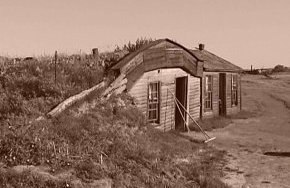 | |||
| Photo from Prairie Homestead website. | |||
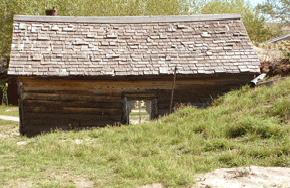 | |||
| |||
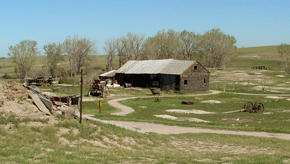 | |||
| |||
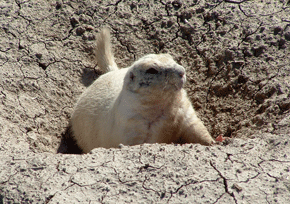 |
